-
1The LED Matrix assembly
In the video below you can see how I glued the pieces of led strips to the mdf support.
After attaching the LED strips to the MDF board, the supply wires (red + green) and the data wires (yellow) are then soldered. Then the wood slats are glued to the MDF board with wood glue.
You can see in the photo below the fully assembled LED array.
![]()
-
2Electronics
I installed the Wemos electronic module in an AAA battery holder (according to the schematic) and I also used the support's switch as mentioned.
![]()
![]()
-
3Table assembly
The assembly is very simple, I made use as much as I could of what I already had.
The LED matrix fits perfectly into the frame housing and to support it I put some washers under the assembly screws so that the wooden frame would rest on the screw heads.
![]()
I had big problems with applying the foil to the plexiglass and glass sheets, I struggled pretty much until I found this video - https://www.youtube.com/watch?v=Pq-E7bi2KK4 - then it became a whole lot simpler 😊
However I must admit that even now it is not a perfect application of the foil but it is much better than in the beginning. I placed three layers of black frosted foil on the glass (in the image there is also a piece of smoked plexiglass with silver foil coating that I used in my testings).
![]()
Also in the photo bellow you can see the table completely mounted (without the glass top).
![]()
-
4Conclusion
You can see the coffee table "in action" in the video below.
Some considerations:
- At first I was a bit worried of the power consumption of the LED array but after a few measurements I became confident it will be alright, even though the brightness variable was 128 (half maximum), the maximum current consumption was below 1A. However, you should not overdo it, the higher the light intensity, the more the LEDs become heated, this heating leading to a shorter operating time. I chose the brightness value to 64, with this value I also filmed the video above;
- This construction can also be used for other LED effects, for example I want to add to my table a display of the time at the end of each iteration of 256 generations;
- For a coffee table the glass tray is more suitable because the glass does not bend, does not scratch easily and resists hot coffee 😊
- The plexiglass plate is easier and if you fix it by the wooden frame you can hang the whole construction on the wall and thus you can have a dynamic abstract "alive" 😊 painting in your living room;
- Be careful not to exceed the number of generations over 256, I would not want your table at some point to accumulate knowledge at a geometric rate and one early morning to become self aware… 😊
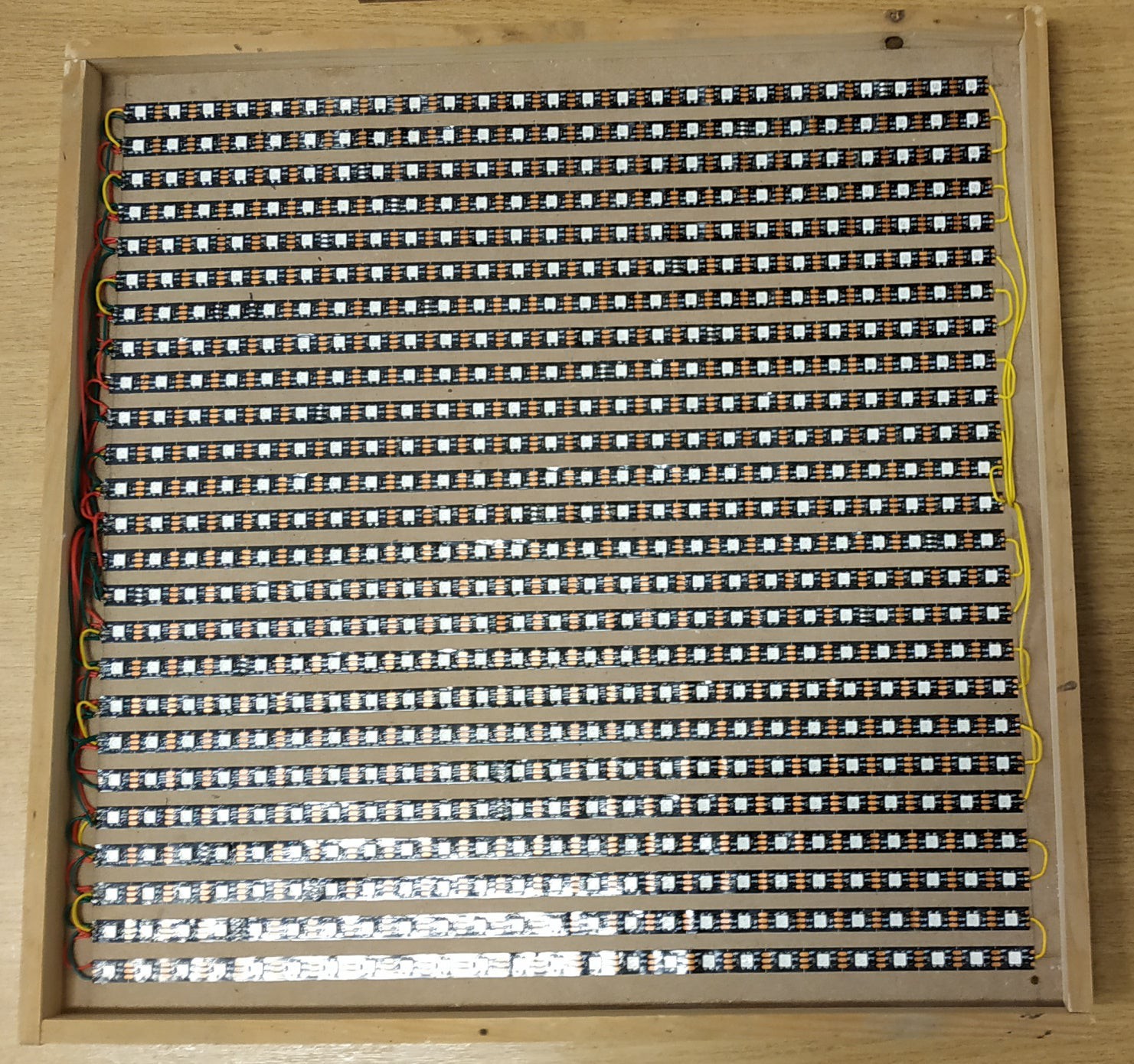
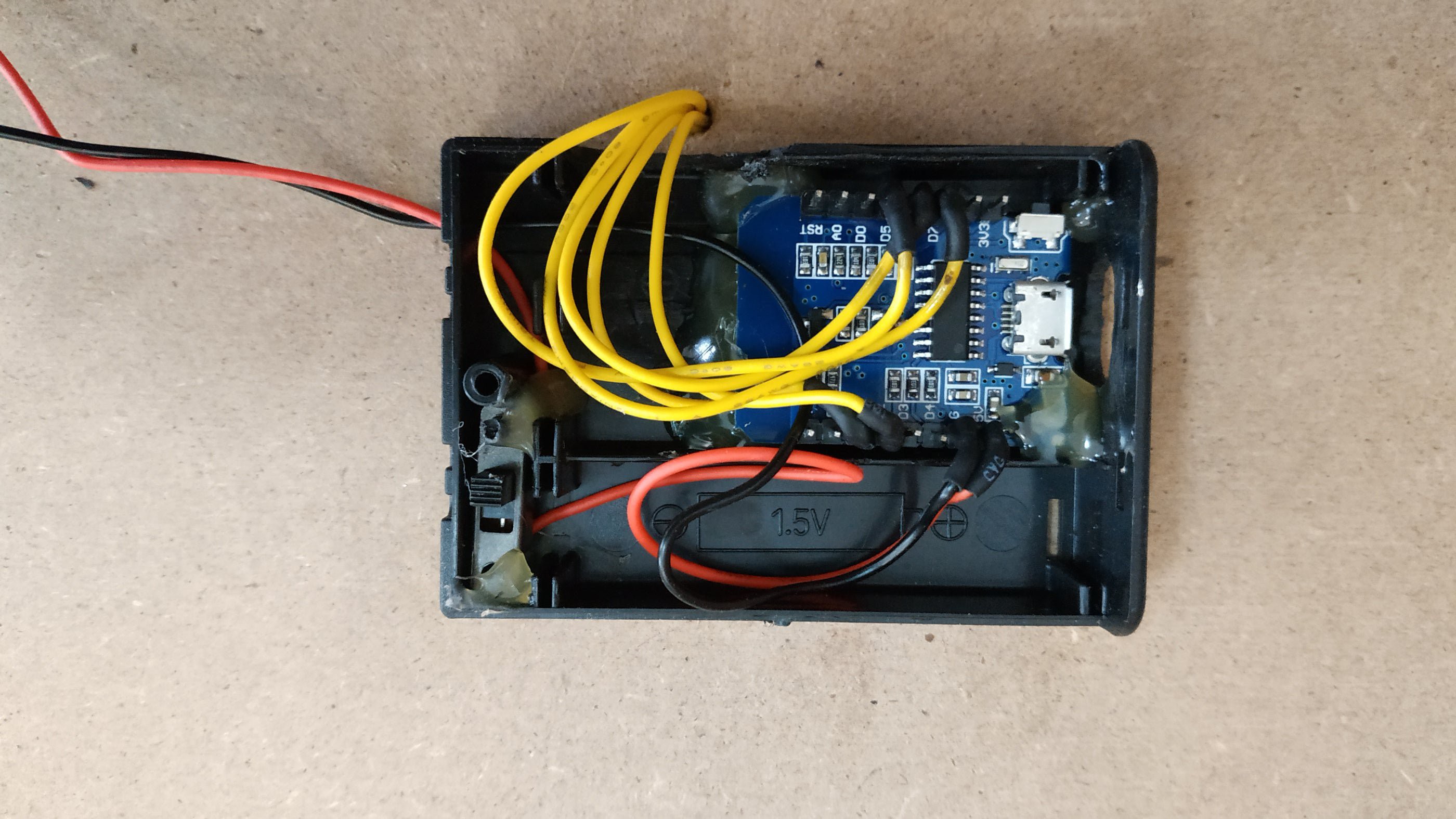
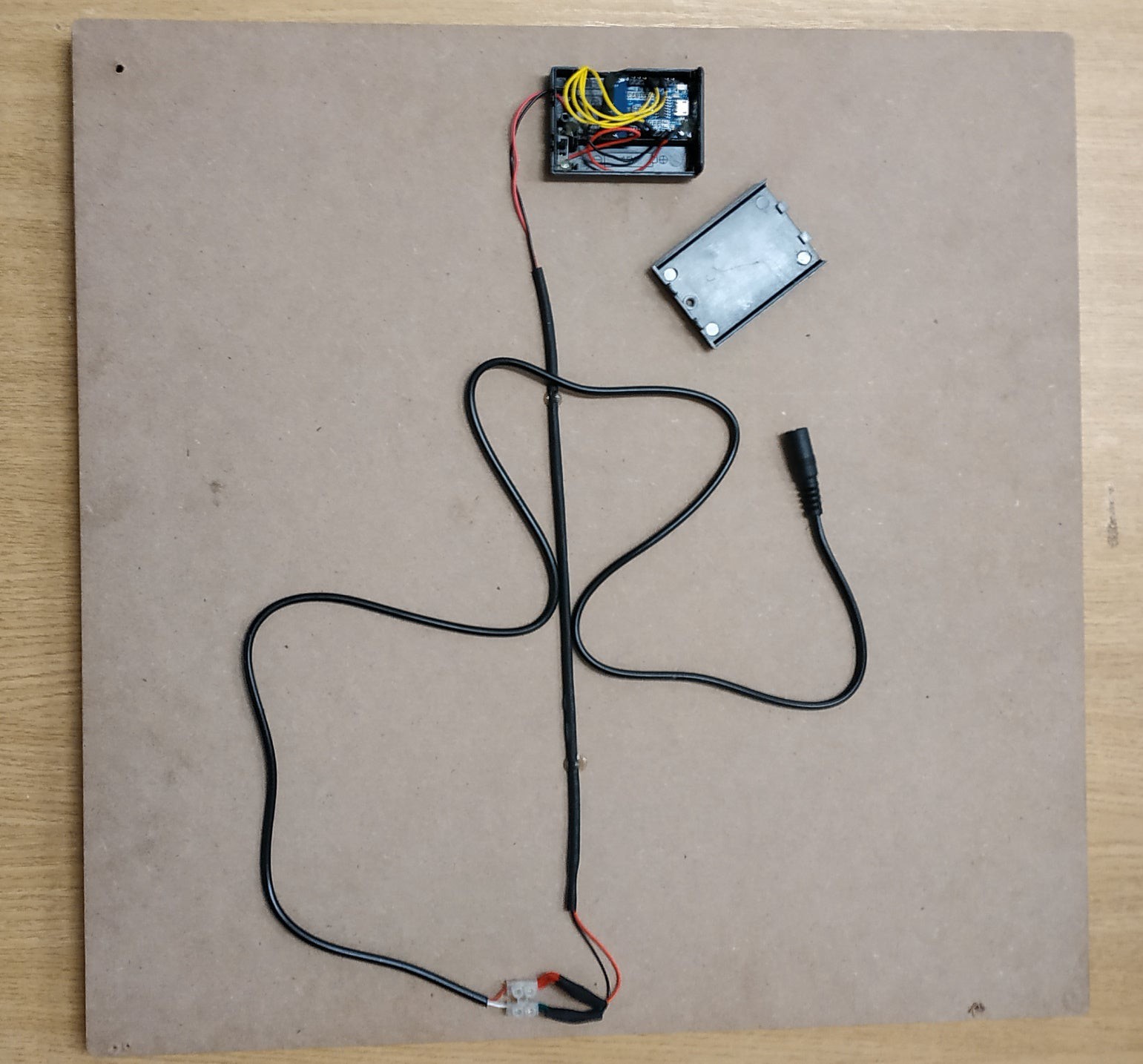
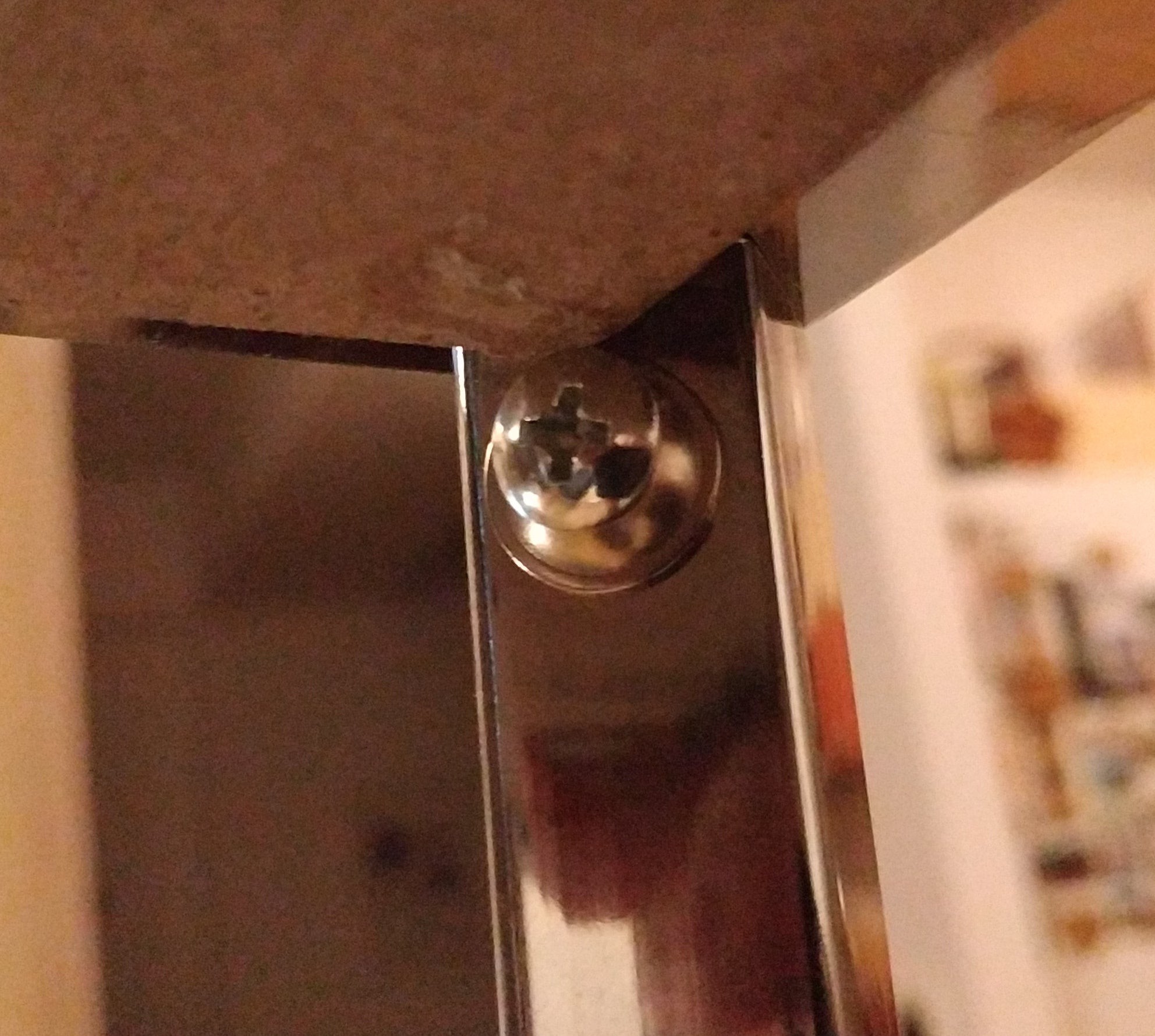
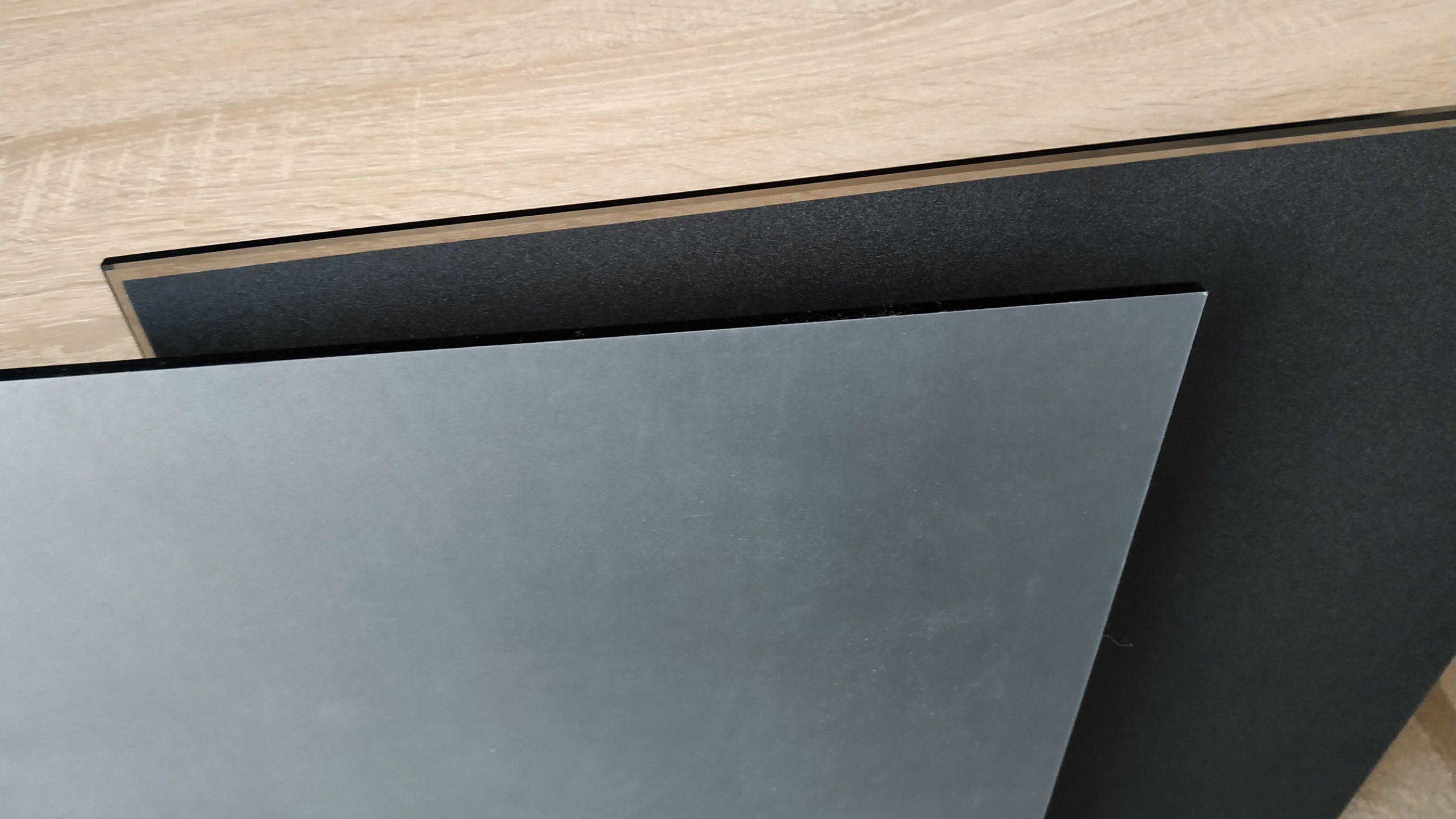
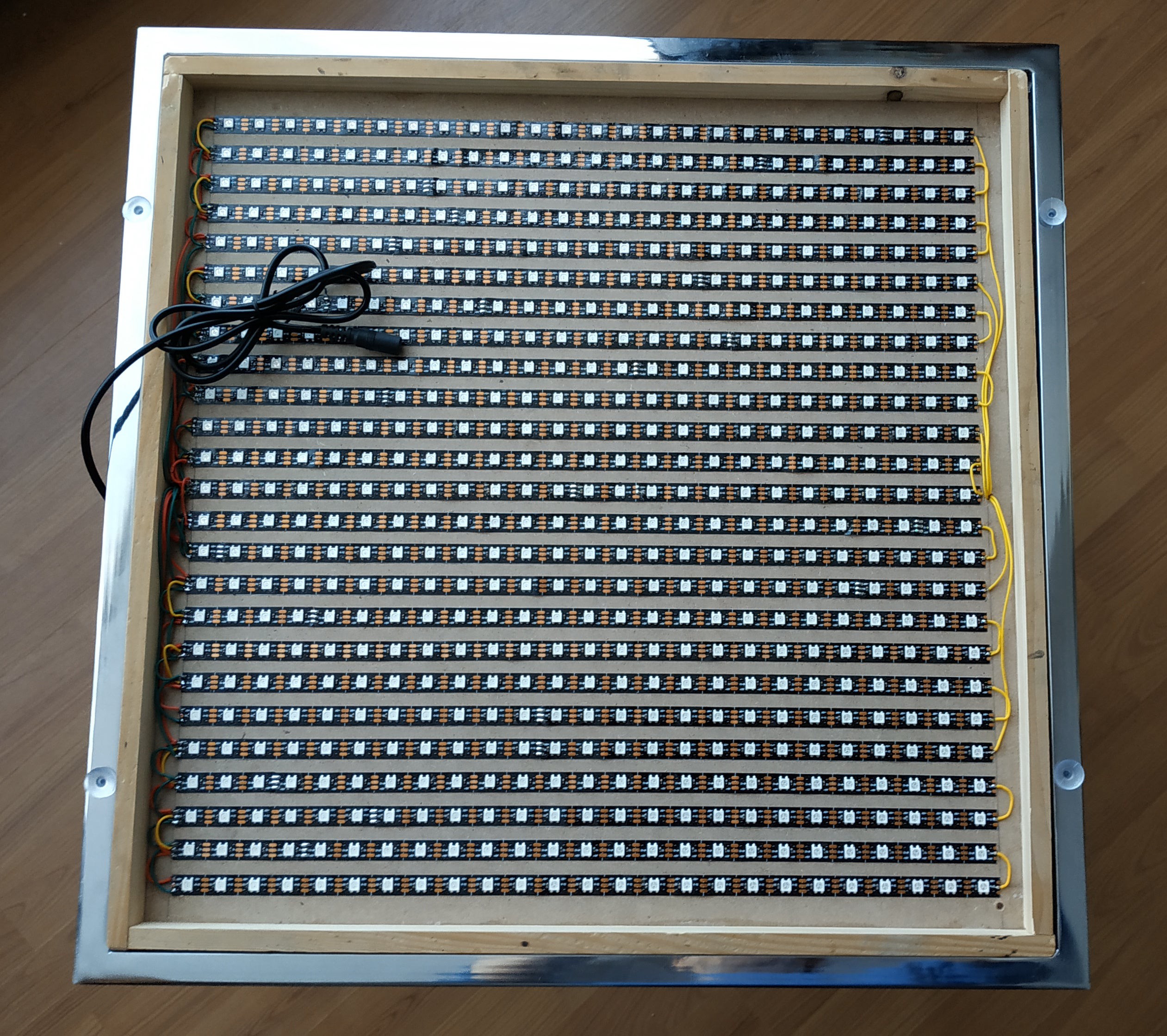
Discussions
Become a Hackaday.io Member
Create an account to leave a comment. Already have an account? Log In.